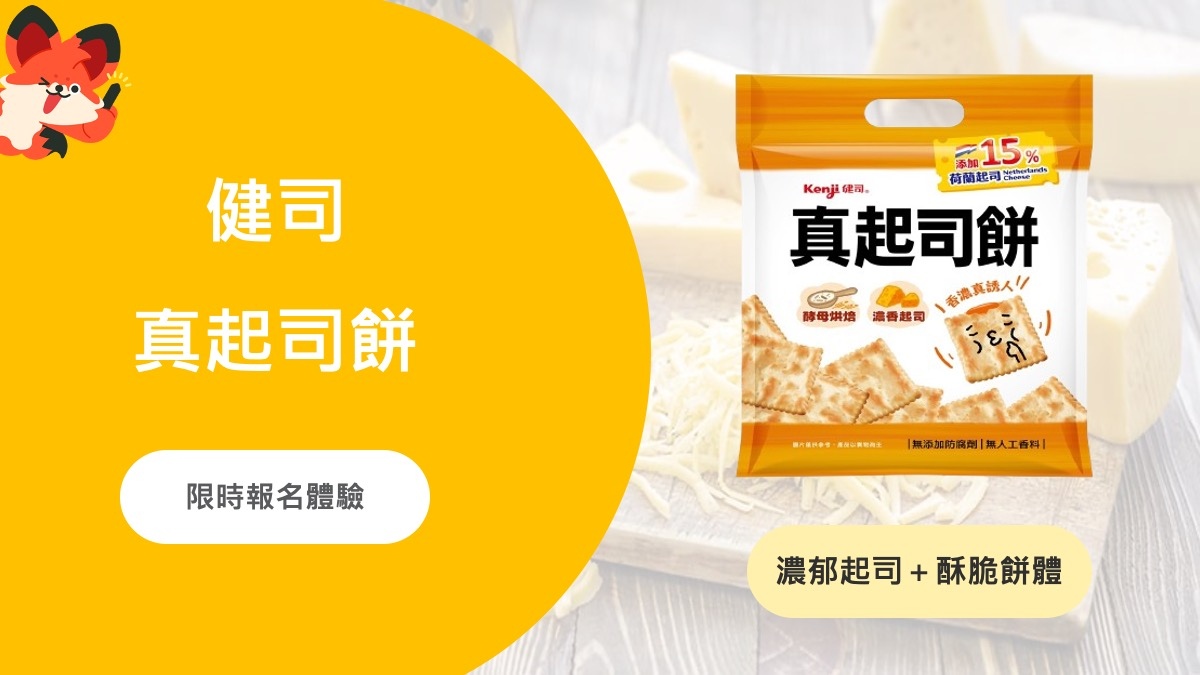Chinese black teas have captivated tea enthusiasts around the world with their rich flavours and unique processing methods. Among these, Jin Jun Mei and Lapsang Souchong stand out as distinguished varieties from the Wuyi Mountains in Fujian Province. Though they share a geographical origin, these teas present contrasting profiles and characteristics that reflect their unique production techniques. This article delves into the origins, processing, taste profiles, and brewing methods of these two exceptional teas.
Origins and Historical Background
Both Jin Jun Mei and Lapsang Souchong hail from Tongmu Village in the Wuyi Mountains, an area renowned for its ideal tea-growing conditions. The region's misty mornings and fertile soil contribute to the exceptional quality of its teas.
Lapsang Souchong, known as one of the earliest black teas, dates back to the Qing Dynasty. It is notable for its pioneering role in introducing Chinese tea to the Western world. The term "Souchong" refers to the larger, coarse leaves used in its production, while "Lapsang" denotes the traditional smoking method. This tea was initially produced as a more robust variety, and its smoky aroma has been a defining feature for centuries.
Jin Jun Mei Tea, a more recent development, emerged in the early 2000s as a refined variant of Lapsang Souchong. Its name, meaning "Golden Eyebrow," reflects the delicate, tender buds used in its production. Unlike its predecessor, Jin Jun Mei is known for its luxurious and complex flavour profile, which has quickly garnered acclaim in the world of fine teas.
Production Techniques
The processing methods for Jin Jun Mei and Lapsang Souchong are quite distinct, contributing to their unique flavours.
Lapsang Souchong undergoes a traditional smoking process. After the leaves are withered, rolled, and oxidised, they are placed in bamboo baskets over burning pine wood. This smoking imparts the tea with its characteristic deep, smoky aroma and flavour. The method also enhances the tea's longevity, allowing it to age well and develop more complex flavours over time.
In contrast, Jin Jun Mei is produced using young tea buds harvested in the spring. These buds are withered, rolled, fermented, and then baked, without any smoking involved. This careful process helps preserve the delicate nature of the buds and highlights their natural sweetness. Jin Jun Mei's production requires meticulous attention to detail and is more labour-intensive compared to Lapsang Souchong, resulting in a tea that is both rare and prized.
Flavour Profiles and Aromas
The flavour profiles of Jin Jun Mei and Lapsang Souchong are as distinct as their processing methods.
Lapsang Souchong is renowned for its intense smoky aroma, which can evoke images of a campfire or charred wood. When brewed, the tea presents a bold, full-bodied flavour with notes of pine resin, spice, and wood. Its deep reddish-brown liquor reflects its robust character. While its strong smokiness might be an acquired taste for some, many tea enthusiasts appreciate its rich, earthy qualities and its ability to complement savoury dishes.
On the other hand, Jin Jun Mei offers a more delicate and refined tasting experience. The tea brews to a bright golden colour, and its aroma is often described as floral with hints of honey. The taste is smooth, with subtle notes of dried fruit and a touch of malt. Unlike Lapsang Souchong's bold smokiness, Jin Jun Mei's sweetness is gentle and nuanced, making it a preferred choice for those who enjoy a lighter, more sophisticated flavour.
Brewing Recommendations
To fully appreciate these teas, proper brewing techniques are essential.
For Lapsang Souchong, use water at a temperature of 95-100°C and steep the leaves for 3-5 minutes. The high temperature helps release the tea's robust smoky flavour. It is common to brew Lapsang Souchong strongly, but it can also be steeped multiple times for a milder taste in subsequent infusions.
Jin Jun Mei, being more delicate, requires a lower water temperature, typically between 80-85°C. Steep the leaves for 1-2 minutes to avoid overpowering the tea’s subtle flavours. Jin Jun Mei can also be enjoyed through multiple infusions, with each brew offering a slightly different perspective on its complex taste.
Conclusion
Jin Jun Mei and Lapsang Souchong are two remarkable examples of Chinese black tea, each with its own unique characteristics. Lapsang Souchong, with its smoky, robust flavour, offers a historical and intense tea experience, while Jin Jun Mei, with its refined sweetness and floral notes, provides a more subtle and elegant taste. Exploring these teas allows for a deeper appreciation of the diversity and craftsmanship inherent in Chinese tea culture, offering something for every palate.


 留言列表
留言列表


